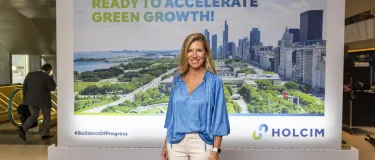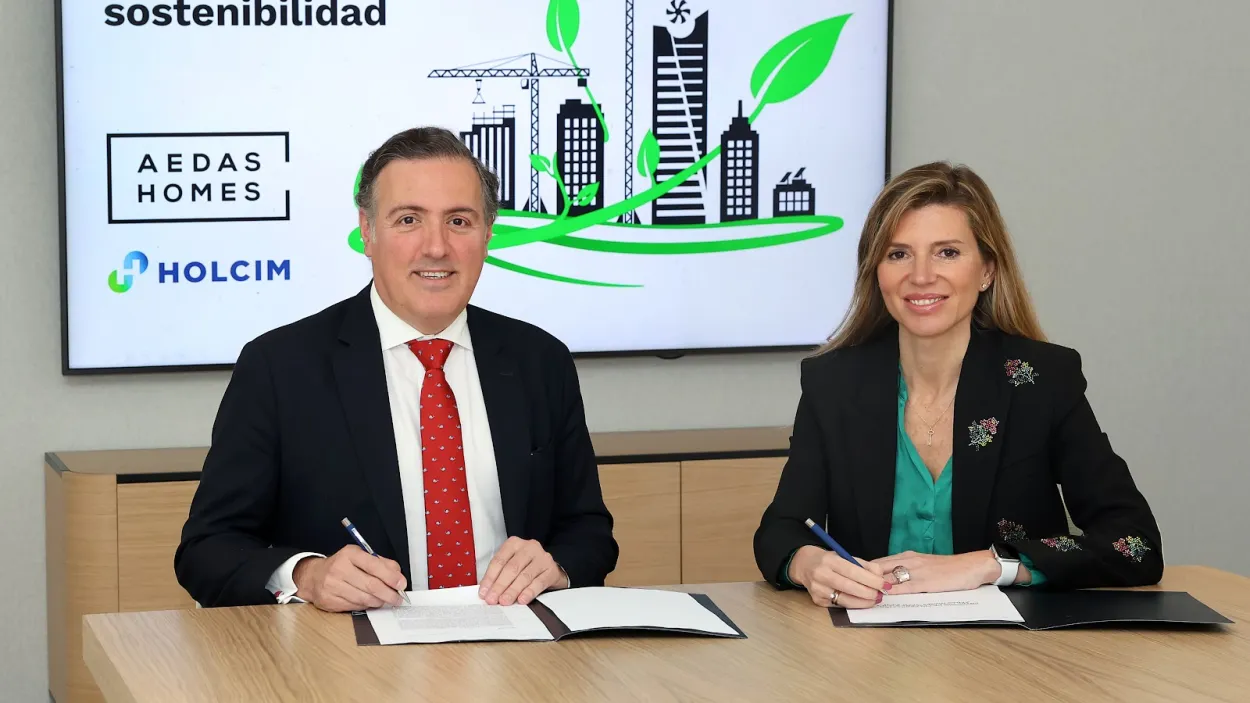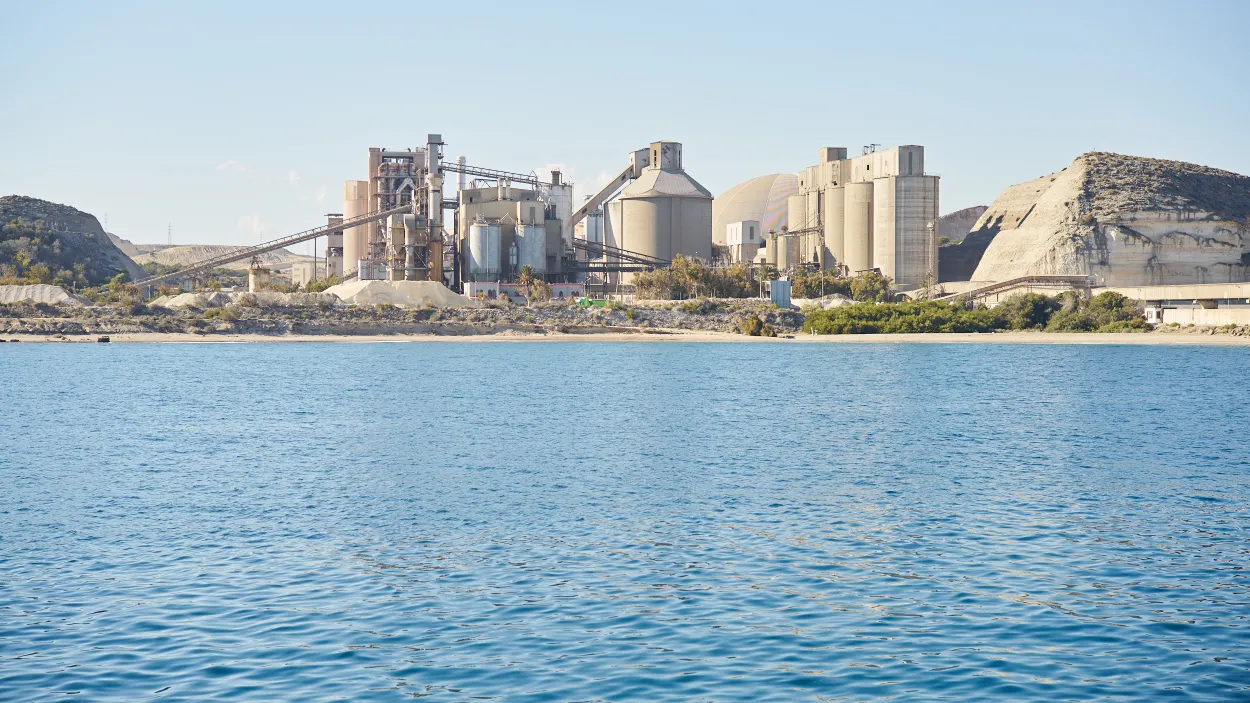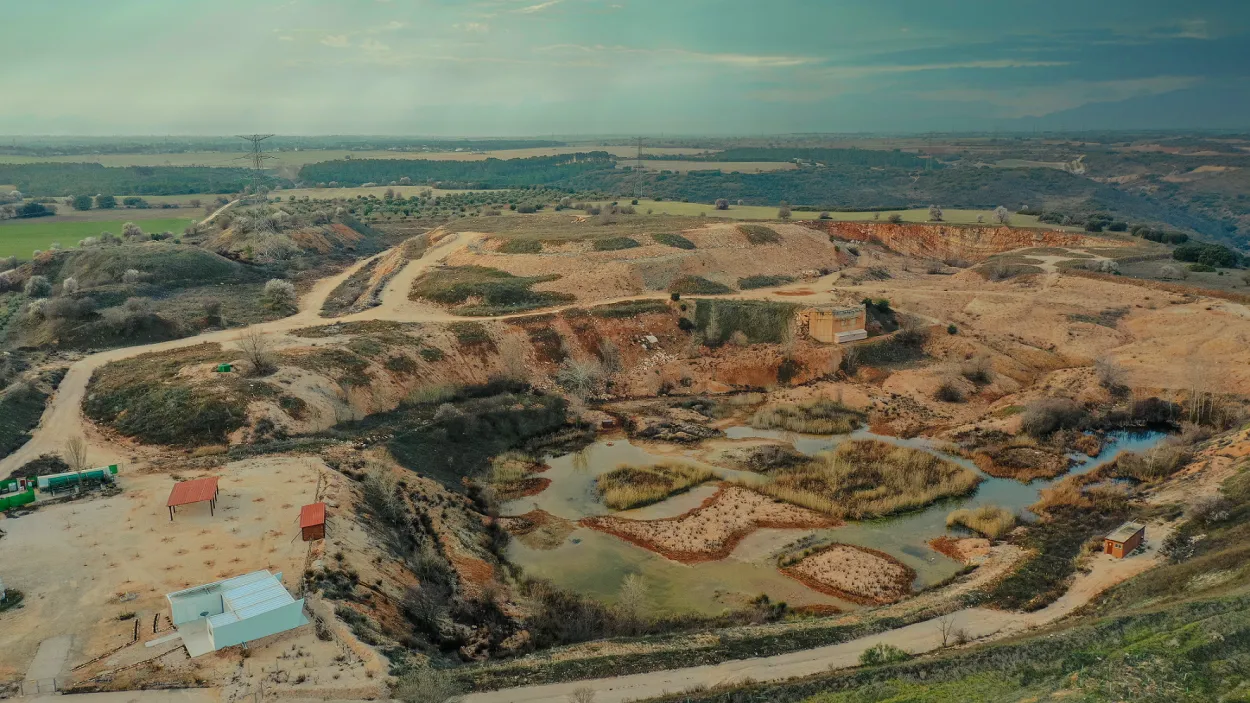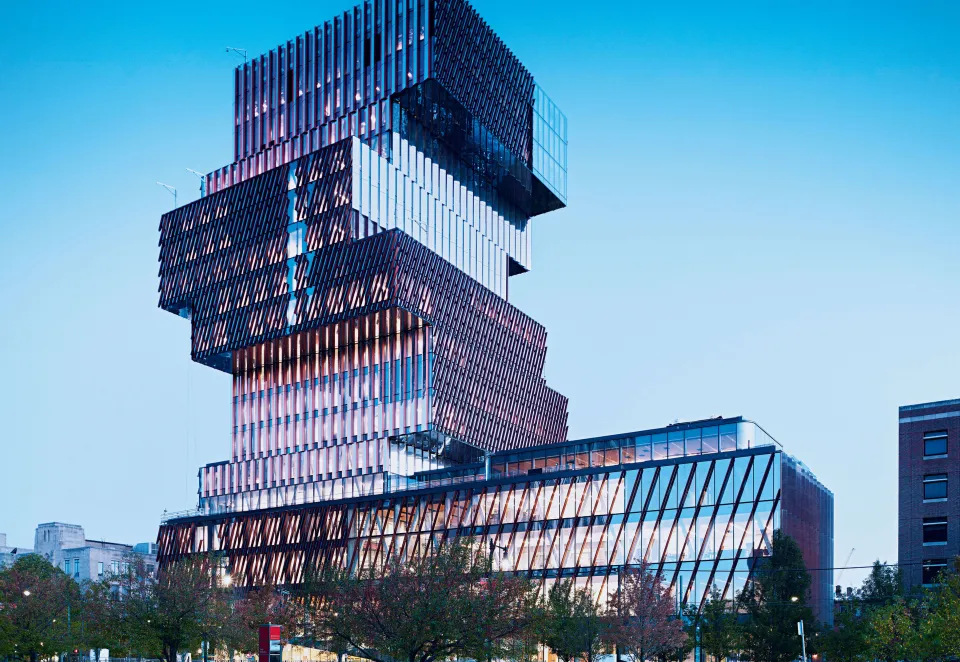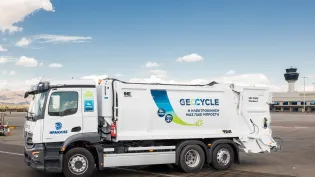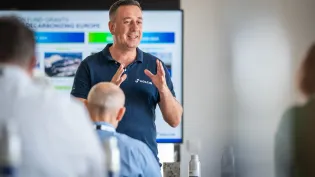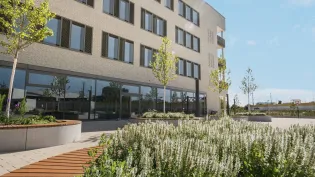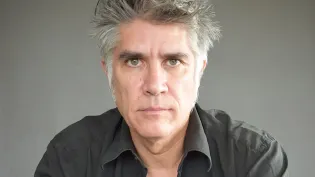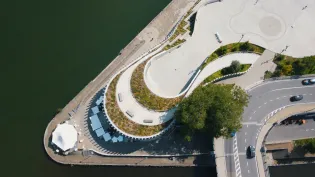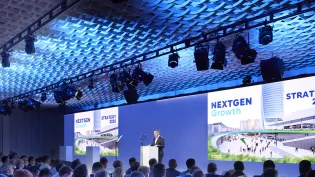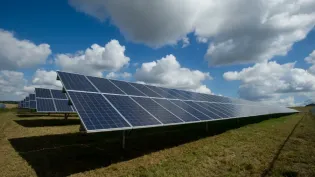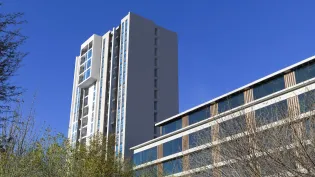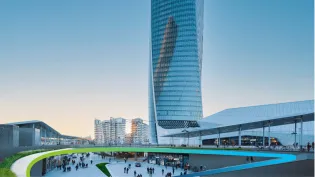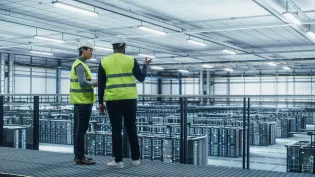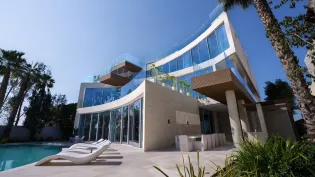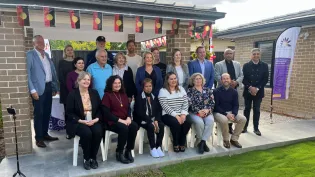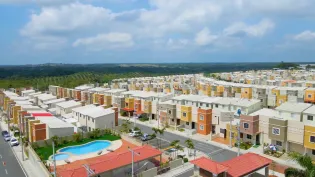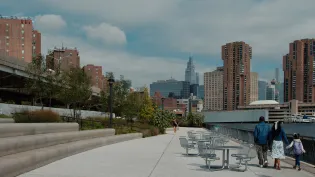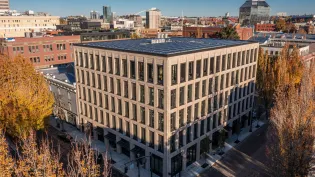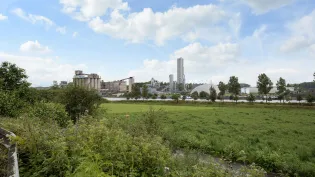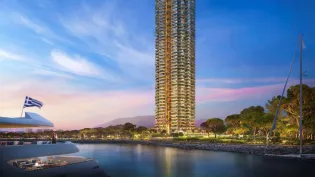Female empowerment, diversity and decarbonizing building: In conversation with Carmen Díaz
Tell us about your career journey at Holcim
I started my career in Holcim in 2002 as a sales representative for ready-mix in Madrid. Over the years, I held several positions in the Group headquarters, where I had the opportunity to meet people from all around the world. Meeting people from so many cultures was an enriching and fulfilling experience for me. Then I came back to Spain as Commercial Director, and since mid September 2022 I am the CEO of Holcim Spain.
How does Holcim empower women to fulfill their potential and aspirations?
I’m very happy to be working at Holcim because there are many initiatives that the company has in place to help women succeed in the workplace. For example, Holcim establishes specific goals for improving gender diversity in all our business positions. It’s a company that develops a workplace culture that champions diversity and inclusion.
Initiatives such as Lean In Circles connect women with female mentors inside and outside our industry. It’s things like these that empowered me personally to achieve my professional ambitions, and continue to empower other women around me at Holcim.
In Spain, we do mentoring together with the Professional Women’s Network, an important entity for connecting and empowering female talent in Spain. We also take active part in ESADE's Progresa Program (an executive program for women in leadership positions). To do more for female workers, I am part of the #CEOsporlaDiversidad (CEO’s for diversity) initiative here in Spain. Additionally, we work hand in hand with Prodis Foundation for the integration of people with intellectual disabilities, among others.
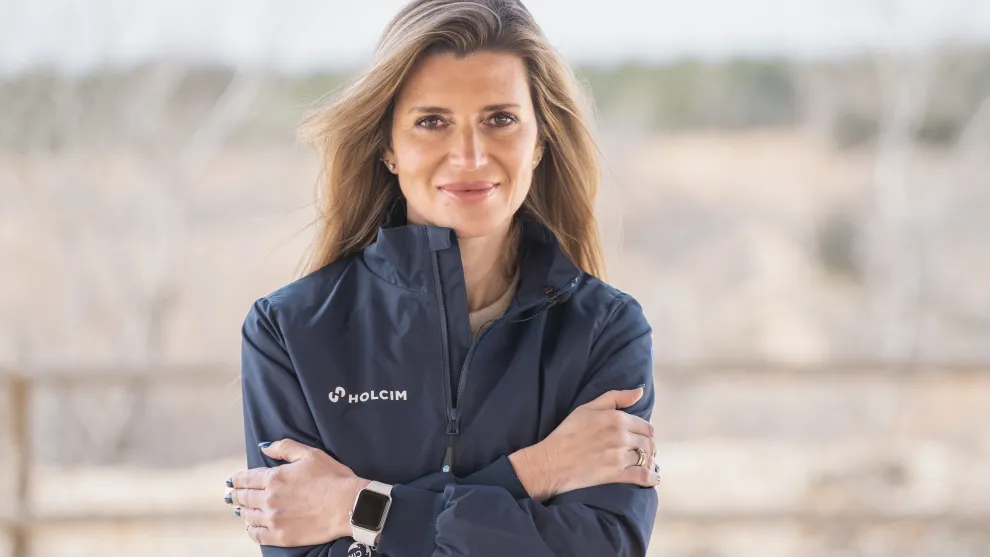
What does the future of building look like?
In one word: exciting! Never before in history have we had such a challenge before us in the form of the demands of a rapidly urbanizing world and the urgency of combating climate change by reducing CO2 emissions. And never before have we had such a great opportunity to build better with less thanks to smarter, low-carbon solutions that respond to those challenges, while also ensuring that our cities remain resilient in the face of a changing climate. That’s what makes working at Holcim particularly interesting for me.
How are you decarbonizing building across its entire lifecycle and inspiring others to do the same?
In Holcim Spain, we are decarbonizing building across its lifecycle by working with early decision-makers, such as architects, engineers and developers to help them build better with less. We are also liaising with the authorities and other key stakeholders to find new ways to continue developing our solutions and drive green demand. We also work hard to demonstrate sustainable building methods and their benefits to our customers so that they see their short-term and long-term benefits.
To walk the talk, we’re starting with our own operations. One of Holcim’s most promising carbon, capture, utilization and storage projects is here in Spain. The Lighthouse Project aims to capture CO2 from flue gas at our Carboneras plant in Almería, and use it to accelerate crop production while reducing the amount of soil and water required per kilogram of vegetable production.
Our customers are building better with less with our range of low-carbon products such as ECOPact concrete. For example, ECOPactPrime – with up to 70% less CO2 – is being used to build a passive house in Madrid, a project by the architects' hub IZHUB that will become a role model for architectural exhibitions. We just signed an agreement with AEDAS Homes, one of Spain’s most important developers, to build three sustainable building projects with ECOPact. The new headquarters of Acciona in Madrid is also being built with ECOPact.
Recovering materials at the end of their lifecycle and reusing them in new projects is one way we’re driving circular construction to save our planet’s precious resources. For example, after we closed one of our plants we demolished its 80-meter silo. We did this in the most ecologically responsible way, ensuring that the construction and demolition waste (CDW) would be reutilized. The result: 14,000 tons of CDW were repurposed on site to build the base platform for Endesa’s new gas facility. The process was so expertly managed that it received recognition in the Best Practices Brochure for Circular Economy of the Spanish Ministry for Ecological Transition and Demographic Challenge and was awarded with a special prize by the Spanish Demolition Association.
How does diversity build progress?
Diversity leads to innovation, as it enables different perspectives, different opinions and different ways of doing things. And this is what gives a far greater richness to our approach when it comes to tackling challenges concerning the built environment and society as a whole. Diverse and inclusive workplaces also attract better employees because they see that their skills are appreciated, and that they will get an equal chance to shine. It is this kind of motivation and breadth of talent that is needed to build progress for people and the planet.





